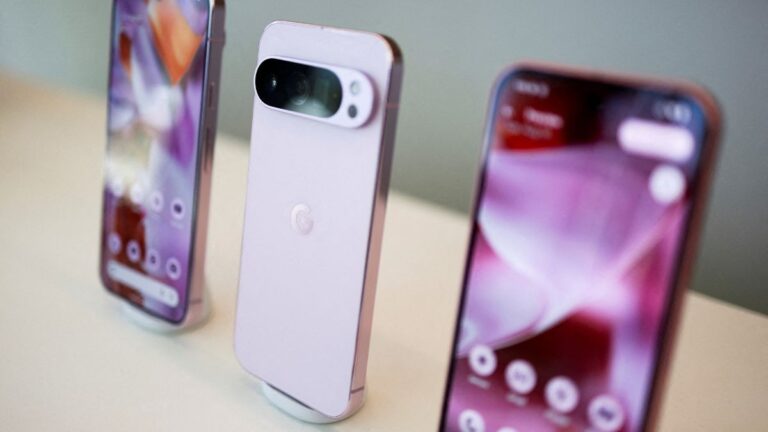Ever had a sinus infection that just wouldn’t go away? Now imagine a day when, instead of popping antibiotics or trying home remedies, your doctor sends a swarm of tiny robots up your nose to clear out the infection. Sounds wild, right? But researchers in China and Hong Kong are actually making it happen, and the science is moving faster than you’d think.

How do these mini robots work?
These robots are so small you can’t even see them with the naked eye. They’re thinner than a strand of hair. During tests on animals, scientists managed to get these micro-robots into the sinus cavity using a very fine tube through the nostril. Once inside, a magnetic field guides them straight to the trouble spot.
Here’s where it gets clever. The robots are made with special magnetic particles mixed with copper. Doctors can shine a light through a tiny optical fibre, which heats up the robots. This makes them break through the sticky pus and reach the bacteria hiding inside. The robots then kick off chemical reactions that break down the bacteria’s defences and help wipe out the infection. When they’re done, you just blow your nose and out they come, The Guardian reported.
Why bother with robots?
Sinus infections can be stubborn. Antibiotics don’t always work, and sometimes you just end up taking more and more medicines. These micro-robots can go right to the source and clear out the infection without flooding your whole body with drugs. The idea is that, in the future, this could mean fewer antibiotics, fewer side effects, and more targeted treatment.
What’s the catch?
Of course, there are questions. What if some robots get left behind? Could they cause problems later? And let’s be honest, the idea of robots in your body is a bit unsettling for some people. Experts say these concerns are normal, but as the technology proves itself, most folks will probably get used to it, just like we did with other medical advances.
How soon could this happen?
Some scientists think we could see these treatments in hospitals in as little as three to five years, though it might take a bit longer for all the approvals and safety checks. The early trials in animals look promising, with no obvious damage to tissue and infections clearing up nicely.
What’s next?
The team behind this breakthrough says it’s just the beginning. They’re already looking at ways to use these micro-robots for infections in other parts of the body, like the bladder or intestines, and even to clean up medical implants. It might sound like something from a bad film, but if it means fewer infections and less reliance on antibiotics, it’s a future a lot of us could get behind.
So the next time you’re battling a blocked nose, remember – help might soon come in the form of a tiny robot army, ready to clear the way.























